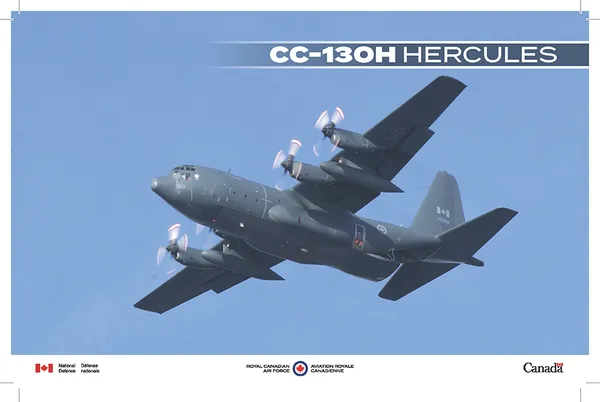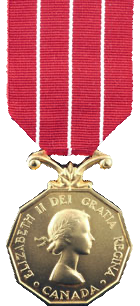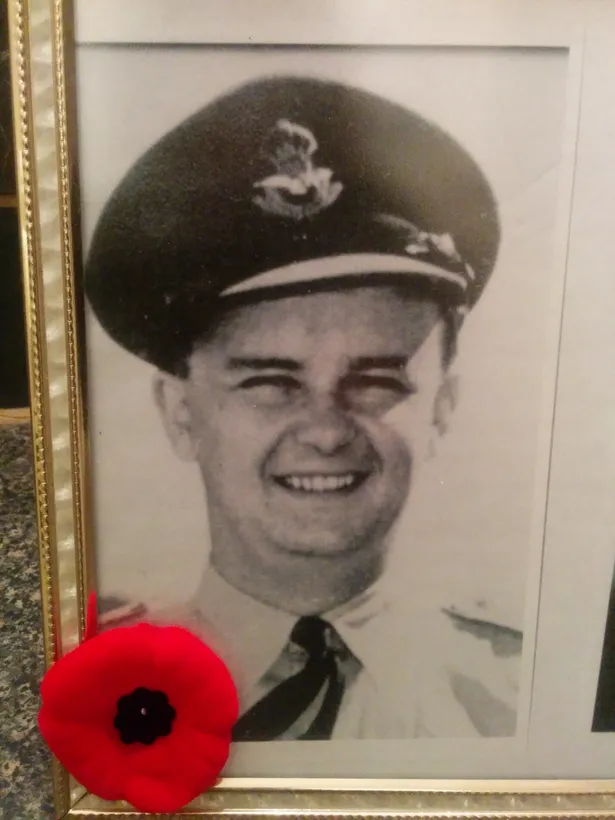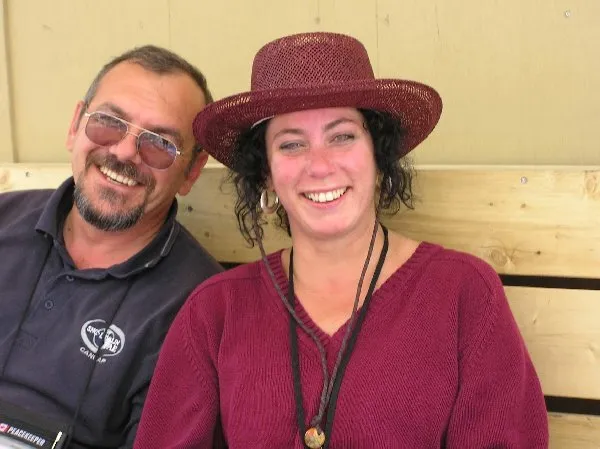Jones, Harold Franklin (Flight Sergeant)
Killed in Flying Accident 1967-April-27
Service
RCAF
Unit
4 (T) OTU- Operational Training Unit
Base
Trenton Ontario
Rank
Flight Sergeant
Position
Flight Engineer
Service Numbers
24034
Crew or Other Personnel
Hercules 10309
Hercules serial: 10309

CC-130H Hercules
(Source RCAF Web Page)
(Source RCAF Web Page)





